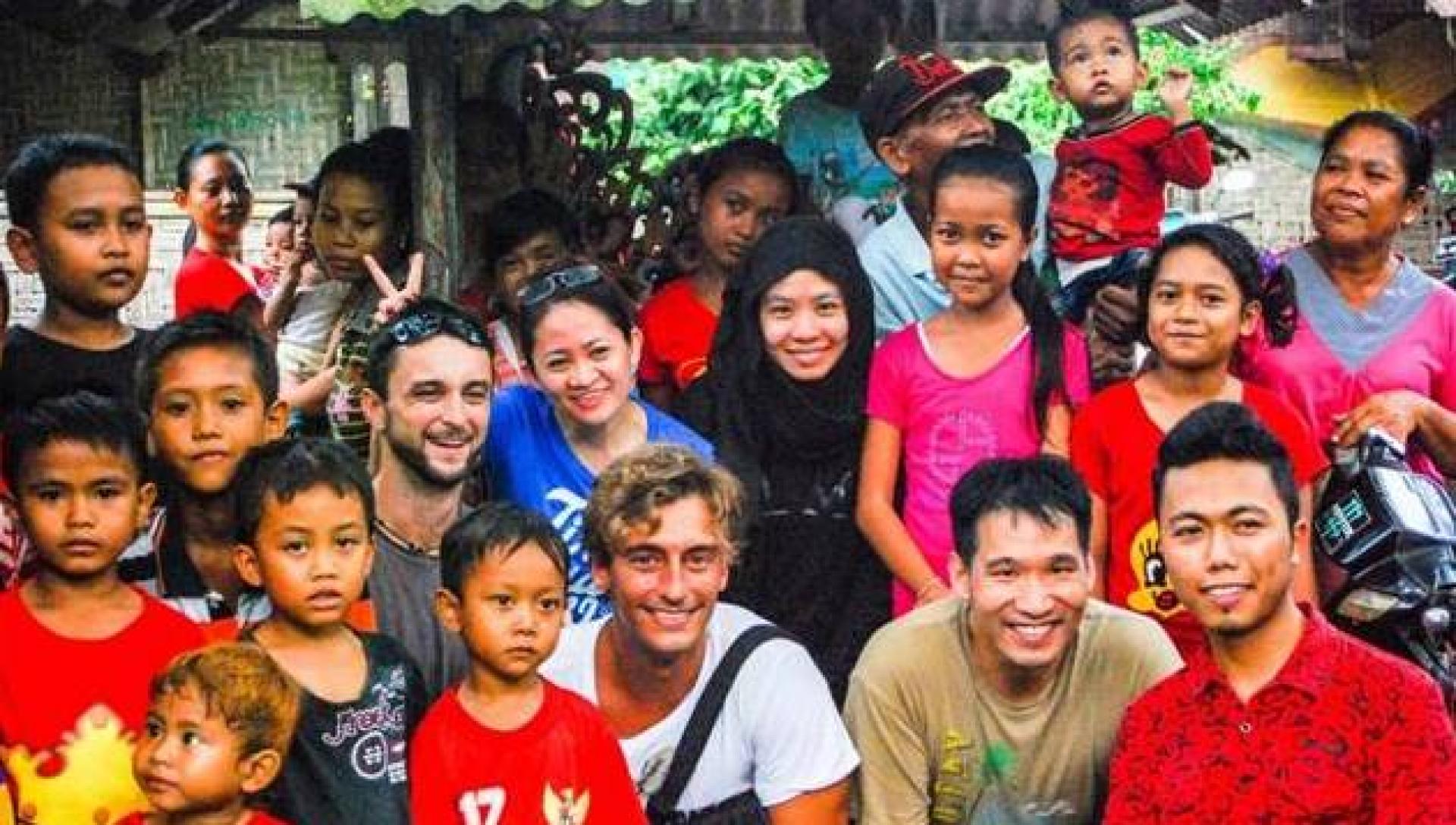An #EatPlayLaugh Journey into Self-Awareness (Part 3): Living an Artful Life
Monday Sep 21,2020 | Social Innovation
By Alan J. Yu
Bali has always been a place that captures the imagination of the outside world. It is often romanticised as a place to escape stress, to be spiritual, and to reconnect with Mother Nature. This perception was most amplified by the cinematic release of Eat, Pray, Love in 2010. As an educator interested in arts-based approaches to leadership education, I was deeply intrigued at how a culture that does not even know what art is (at least in the way contemporary culture defines it to be) produces so many beautiful artefacts in the form of sculptures, paintings, musical compositions, dances, puppetry, ceremony and storytelling.

Many of us live in fast-paced urban environments, worlds apart from the laid-back way of life of the traditional Balinese. This made me wonder about what goes through their hearts and minds. How are they able to take the time to see, to explore their talents, and to appreciate the world around them in a time when efficiency is so prized around the world? As I read more books about the Balinese culture, I could not help but be enamoured with the beautiful art and philosophy of this civilisation and a certain sense of dignity it instilled in the Balinese human experience.
Learning the Balinese way of life
When I arrived in Bali for my dissertation research, I met a local named Wira. Together, we built Five Pillar Foundation, a social enterprise that promotes rural revitalisation efforts and organises intercultural educational exchanges between the Balinese and the outside world. During this time, we travelled the entire island—its temples, holy purification sites and villages—wanting to understand the hidden stories of Balinese rural villagers. We attended royal weddings, cremations and other sacred ceremonies. If I learned anything from my observations, it is that we need to show more care, mindfulness and reverence in life. We also need to allow ourselves to be delightfully inspired by the unique experiences we encounter.
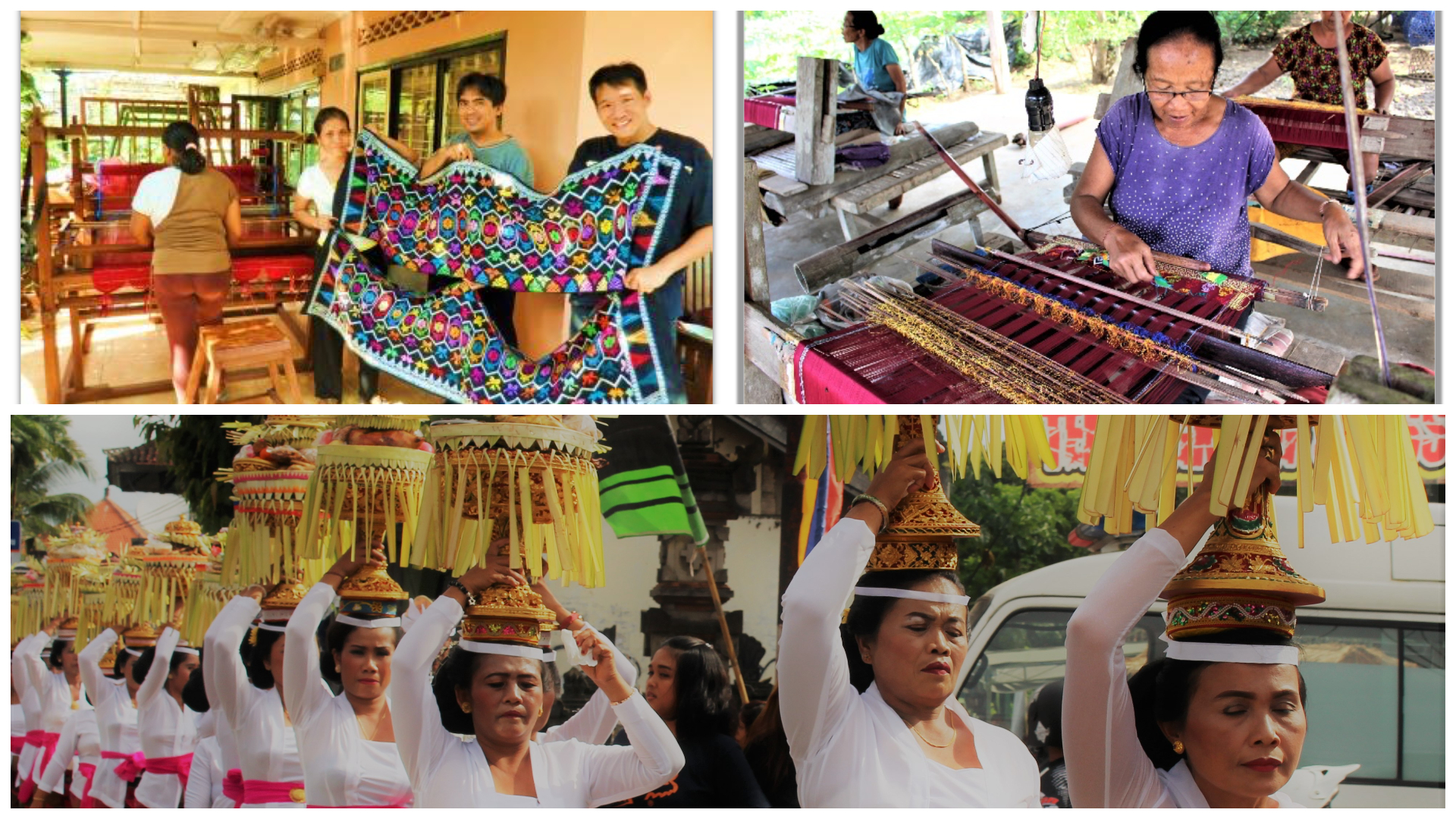
To deepen my understanding of the arts, I decided to take Balinese music and dance lessons. My favourite dance is kecak , which I learned, to my surprise, was developed in the 1930s by Walter Spies, a famous German painter who lived in Bali. Men would form a chorus by sitting around a large fire making choreographed “chak ke chak” sounds in syncopated fashion while dancers retold the story of Rama, Sita and the Monkey King Hanuman from the Ramayana, which is an important story for Hindus around the world. The energy of the space could be so strongly felt as we co-created a special aesthetic experience for one another over a story that reminds us of collective responsibility, sacrifice, forgiveness, compassion and equality.
Living intentionally
The Balinese culture is one that is conscious of small details in all of their vastly different art forms. Subtle eye movements and refined hand gestures are part of the traditional legong dance choreography. Intricate wood-carved doors at home entrances and traditional wayang kulit illustrations produced with fine pens depicting the traditional mythology can take months to make. Rituals require carefully composed fruit offerings, not to mention the elaborate coordination involved in the designs of traditional attire. Everything is done with a keen sense of awareness and intentionality.
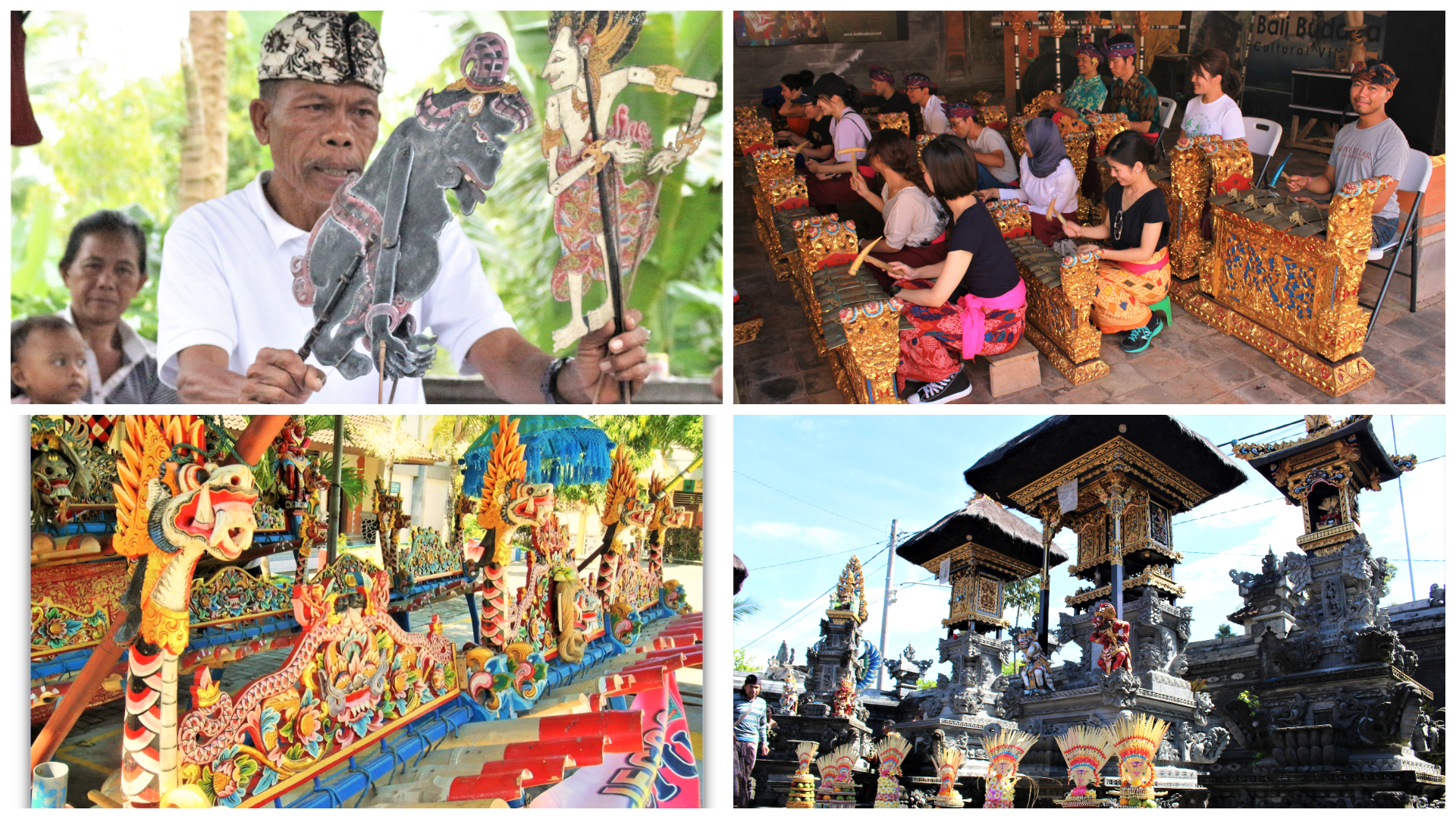
Rituals and ceremonies are considered communal activities. Villagers will take time off their jobs to help their communities prepare for these sacred events. Through rituals and ceremonies, everybody is an artist, everybody can create. As the manager of SMU’s Ashoka U Changemaker Campus programme, I would add to this and say that everybody can create their own version of personal and meaningful change in this world. We can actually nurture this tendency for changemaking in each of us by initiating opportunities that provoke an acute spiritual awareness and intentionality through a communal practice of making art.
Within Balinese family temples, there is often a shrine where one might pray to receive taksu from the gods. Taksu can be defined as a sort of inspiration, motivation, passion and creative momentum one needs to perform a task, such as a dance or a beautiful painting. A famous legong dancer, Bulantrisna Djelantik, told me that when an individual has taksu, it is as if the gods have entered the individual's body, possessing them in the spirit.
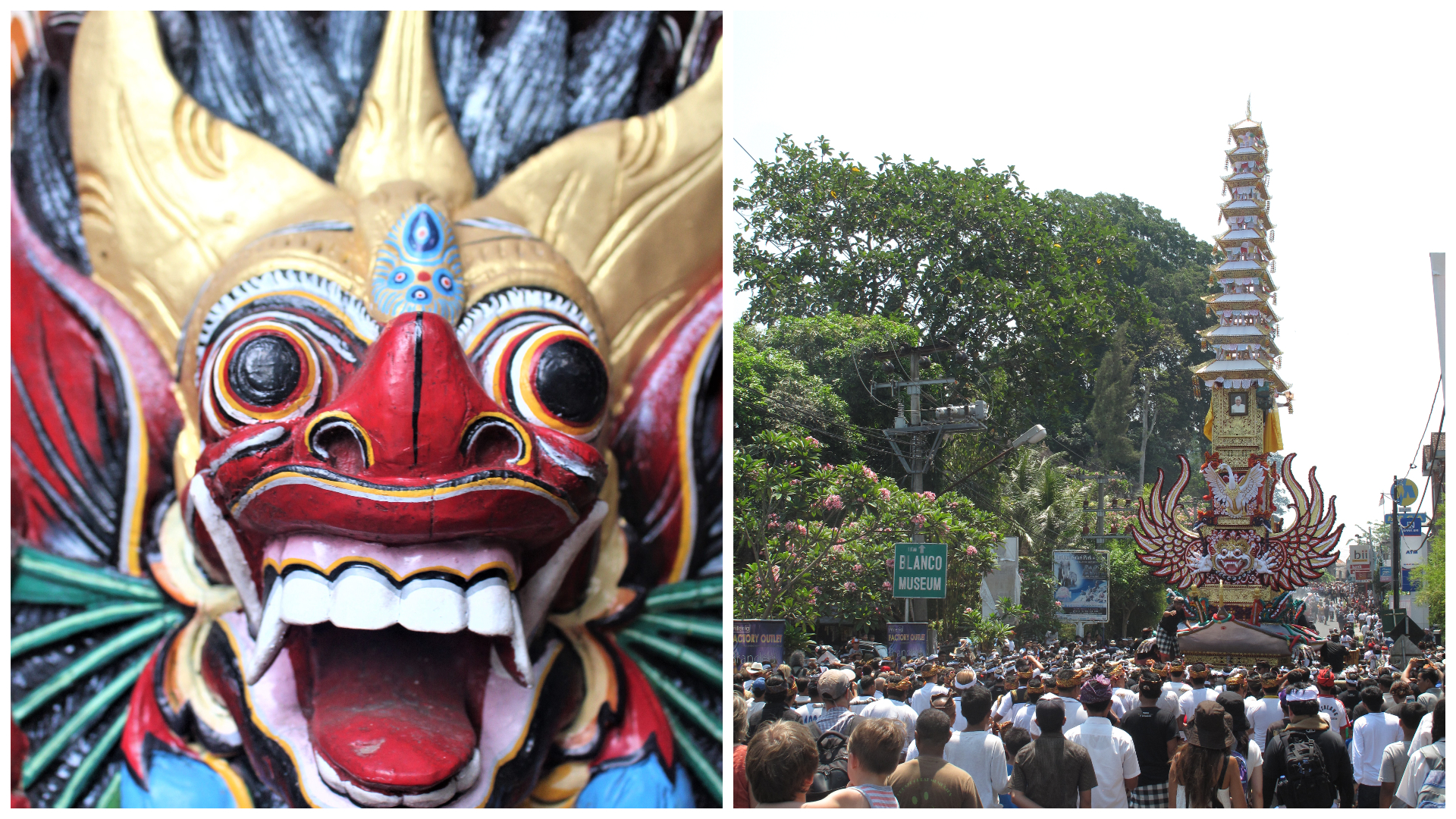
The Balinese have relied on taksu to sustain their culture and civilisation for over 1,500 years. As humans, when we encounter major obstacles in life, we often lose motivation and passion. Change movements die out because we are unable to keep the fire burning. When we feel lost, we must reconnect with our sense of purpose. We must learn to be gentle, humble, empathic and sensitive enough to yield for just a while, knowing that we will soon be able to face life with renewed inspiration and vigour. Like the Balinese, we must relocate our own taksu.
Eat, play, laugh
Elizabeth Gilbert’s journey in Eat, Pray, Love is one about finding your soul. For me, being in Bali taught me to eat, play and laugh. As human beings, we have biological needs that are satisfied when food enters our stomachs. However, there is also a spiritual hunger that can only be satisfied through play. We need to be curious, exploring and daring. Creation, whether it is through art or working towards a social innovation, is work at play. We have to be attentive to details and open to new and emergent possibilities.
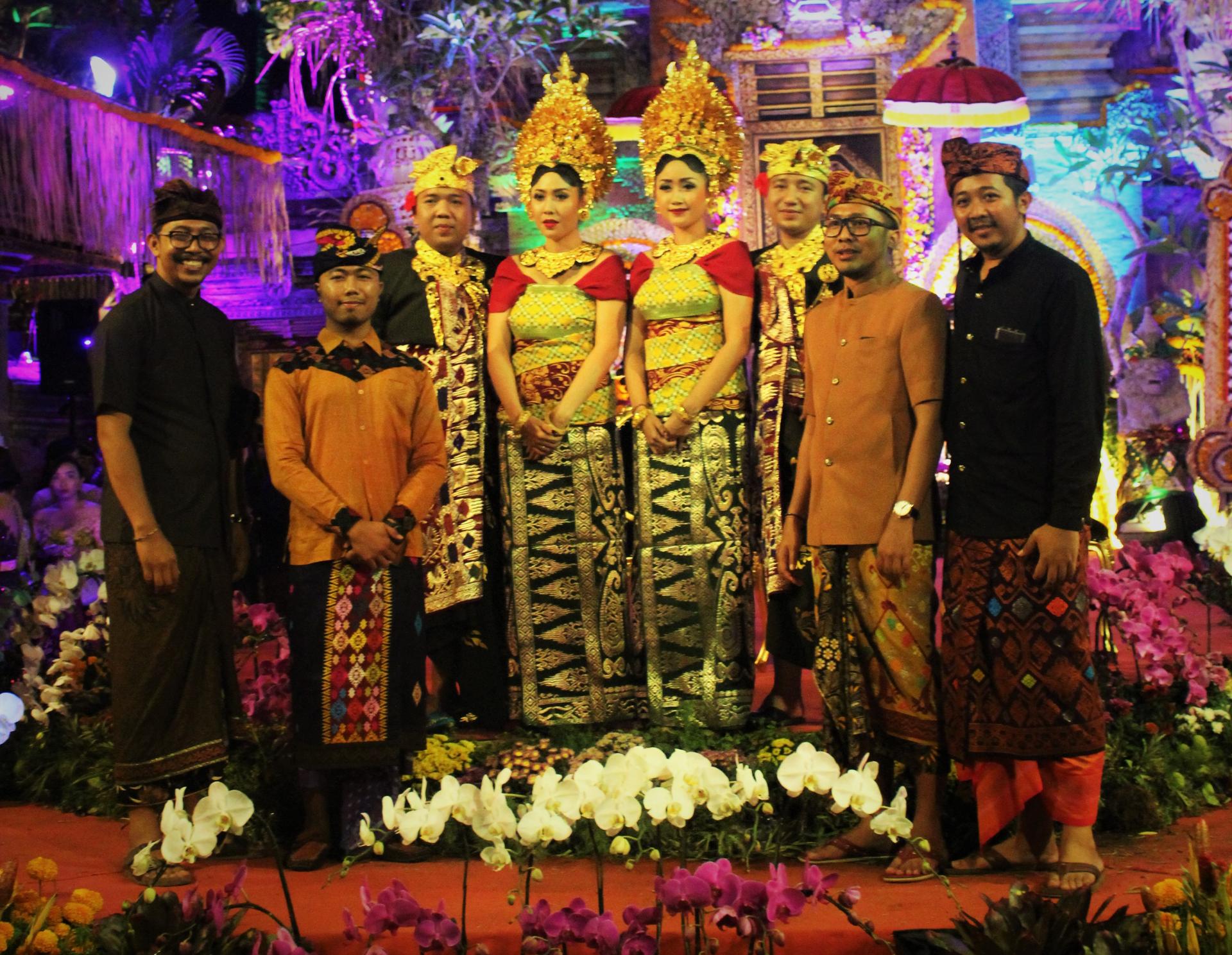
Most importantly, we must always remember to laugh—and laugh heartily with great zest and passion. It does not matter how big a problem is, because joy and laughter will fuel the work we do to the very end. If we can laugh at it, we can live with it. And, eventually, we can overcome it.
All images courtesy of the author and I Putu Wiraguna.
Alan J. Yu is a Programme Manager at the Lien Centre for Social Innovation.
